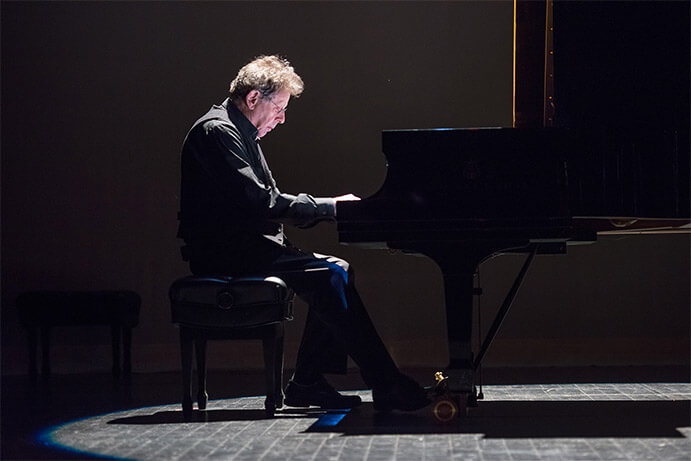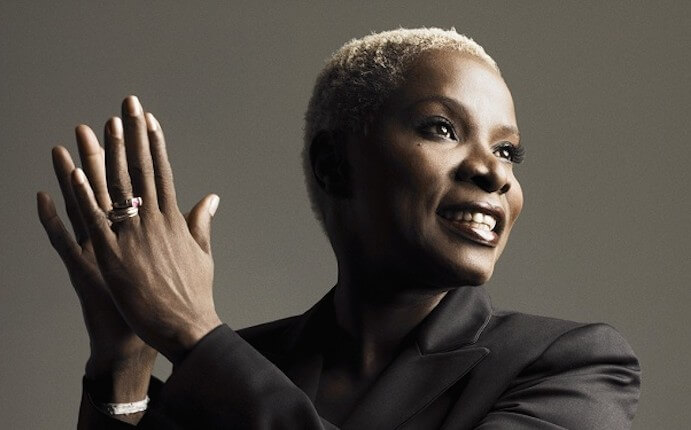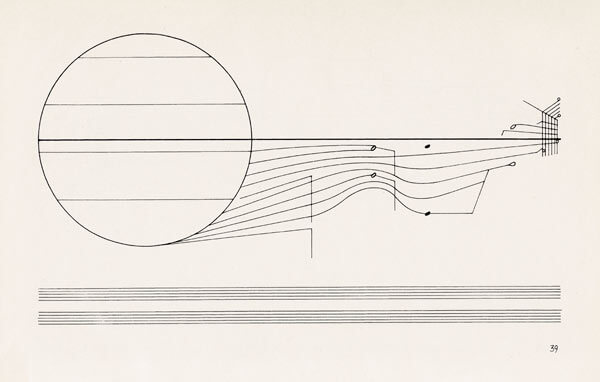It has been 81 years since the premiere of Gershwin’s Porgy and Bess. The opera’s then-controversial cast of classically trained African American singers questioned the delicate sensibilities of many seasoned concert-goers. However, Gershwin’s work is one of many precedential pieces that define the music enjoyed today. The composer pioneered the fusion of genres—Porgy and Bess itself being a synthesis of jazz, folk song, and operatic arias and recitatives. As such, audiences can no longer follow the evolution of “classical” music through a strict European-tradition lens. It is thus fitting that the July 10, 2015 U.S. premiere of Angélique Kidjo’s Ifè: Three Yorùbá Songs began with selections from Gershwin’s seminal opera. Written in collaboration with American composer Philip Glass, and performed by the San Francisco Symphony, Kidjo and Glass’s Ife defies the stalwart conservatism of the “classical” genre, reflecting the triumphant cultural unity of modern times.
The Kidjo/Glass musical trilogy weaves three different Yoruba legends, sacred to the African kingdom of Ife. The three poems, sung by Kidjo in the Yoruba language, are accompanied by Glass’s iconic cyclical, repetitive orchestration. Kidjo’s soulful voice maintained its spotlight in San Francisco’s Davies Symphony Hall—at no point being overshadowed by the orchestra. Indeed, the symphony added a certain precision to the vocalist. Kidjo’s linguistic rhythms, arranged by Glass, intersect with the instrumentalists seamlessly, much like the soloist in a concerto.

Philip Glass – Photo Credit: Stephanie Berger
“Olodumare,” the first of the Three Yoruba Songs, represents creation—a deity responsible for creating the land. The number is a veritable fanfare, commencing explosively with rapid two-note oscillations in the strings. Kidjo is accompanied by a flute countermelody as she declares, translated into English, “There they are, together, lugging a bag on their shoulders. And from this bag a wondrous child is to be born, this bag must birth the World.” This bird-like woodwind timbre soars to carefree heights at the piece’s conclusion with rising arpeggiated figures that join Kidjo’s moving syllabic cries. The sense of togetherness emphasized in the lyrics palpitated in the audience. English-speakers (and those I assume were true Yoruba-speakers) raised their arms in approval, communally sharing Kidjo’s music.
“Yemandja,” signifying a feminine force and the mother of waters, follows “Olodumare.” The song is a slower, lyrical refrain from the first piece—a characteristic common with romantic violin concerto second movements. In particular, I was reminded of the second movement to Tchaikovsky’s Violin Concerto. Similar to the Russian composer, Glass introduces Kidjo’s phrases with slowly ascending and descending passages in the woodwinds. However, the meter seems to alternate between 3/4 and 6/8, as the strings frustrate the rhythm with syncopated accents. The calm yet alternating pulse seems appropriate for Kidjo’s water-deity: all of the voices phase in-and-out of each other in flowing harmony.

Angelique Kidjo
Kidjo concludes Ife with “Oshumare,” a piece embodying the rainbow snake that surrounds the earth, preventing it from falling. Those familiar with Philip Glass’s work will recognize the persistent repetitive figures featured in this number. Persistent staccato in the upper strings are punctuated by syncopated, irregular beats in the lower registers of the orchestra. This steady skeleton structure allows Kidjo’s repetitive proclamation of “Axe, Oshumare” (“I praise you, Rainbow Serpent”) to evoke the concept of perseverance.
Following intermission, Kidjo concluded her performance with selections from her repertoire, several of which appear on her most recent album, Sings. The vocalist, decorated in an array of colors, was a true image of liveliness. Kidjo engaged the audience, emphasizing themes such as freedom, family, and, most of all, brotherly union through music. At the conclusion, the performer left the stage to join the audience, microphone-in-hand, wading amongst her admirers. The crowd was ecstatic, as Kidjo embraced her fans. In all ways, Kidjo’s music transcends boundaries—we are all connected universally through song.





















